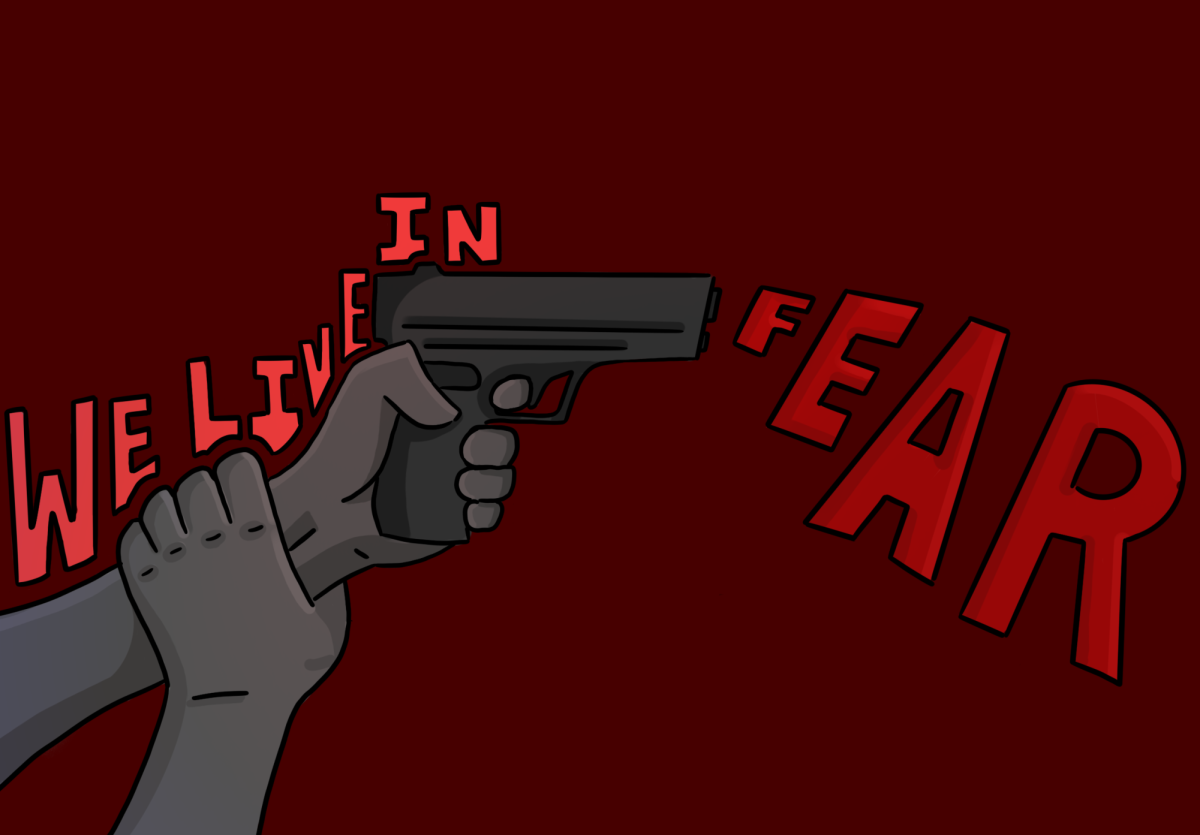Asexuality is, like most things in our language, defined by what it isn’t. To define an idea or object by excluding everything else may sound like a strange concept, but it is a lot more common than one may expect, and to prove it we can talk about chairs.
Picture a chair — no restrictions other than it has to be a chair.
You know that it is a chair, but how would you explain to someone with no concept of chairs that it was a chair?
Using your vague definition of what a chair is, could you think of a chair that does not fit within these limits but is still a chair? Or something that is included in the definition that is not a chair?
Looking at the dictionary definition “a seat for one person, typically with four legs and a back” is worded to create first the category of individual seats (which includes several categories beyond chairs) then begins to exclude as many other types of seat as possible by limiting the definition with requirements.
While this method of limiting definitions works in the case of inanimate objects, when it is applied to identities it can easily create exclusion and confusion.
“Asexuality, as a concept, is not something everyone understands or talks about or even has in their vocabulary,” said Chloe Root, a teacher at CHS. “Compare it to the way that trans issues have been brought to the spotlight, not always in a good way, but most people have an idea of what it means to be trans even if sometimes it is misinformed.”
The fight for asexuals’ visibility is a unique one, as asexuals are not oppressed in the way that other groups in the LGBTQIA+ are; asexuality is subjected to erasure, and ignored into non-existence. It would be almost impossible, and usually falls somewhere between immoral and illegal, to deny a person their right not to do something. To be asexual is to put into question some of our basic ideas about ourselves, so erasure created a society where the asexual possibility was something to be explained away or ignored. Within the LGBTQIA+ community, lesbians are fighting for the right to be with each other, and gay men are fighting for the right to be with each other. Asexuals are fighting a very different battle. To not have sex, to be recognized. The fight for asexual visibility is a part of the larger LGBTQIA+ movement but has to take a very different path to accomplish its goals.
“It’s not like there’s some legislation that could be the focus of a movement. What we should be asking for is a cultural change,” Root said. “But change on that scale is much harder and slower than legislative change, and the movement becomes harder to organize because there isn’t a clear rallying point.”
Sometimes it’s too easy to say: I don’t understand it, so I’m just not going to engage with it. Not enough attention being brought to an issue like this can leave people without any understanding of their own experience or how it could be different.
“They haven’t had a chance to see it represented or have conversations with people in a safe and informed way,” Root said. “Instead they just end up getting shut down as being deviant or weird or whatever obnoxious things people say about things they don’t understand.”
Identity can get into an idea that we are a certain thing and can only be that for our whole lives. This can happen with asexuality. To quote asexuality.org: “An asexual person is a person who does not experience sexual attraction.”
This statement is probably the first thing one will see when opening AVEN’s (The Asexuality Visibility and Education Network) website, with its placement front and center in the banner across the top of its page. The website itself is one created originally by the community and has become the official website it is today because of that same online community keeping it available and accessible to anyone who wants to learn more. Not to say there aren’t scholarly sources to be found, but there aren’t nearly enough without the self-advocates in online communities.
What can be found is a dissertation titled “Making Something Out of Nothing: Asexuality and Narrative,” which includes larger discussions of asexual erasure and a portion on asexual experience. Written by Elizabeth Hanna Hanson, who identifies as asexual. She describes in her paper some of the many distinctions and spectrums of asexuality.
The reader may notice some slippage between “attraction” and “desire.” These two concepts are not synonymous, nor are they simply interchangeable. For Anthony Bogaert, in his recent book on asexuality, attraction is “that rather basic, even primal, lure that draws us to someone or something” and sexual attraction is “the ‘sexual’ or lust lure for others,” while “desire” is synonymous with “‘lust,’ or, in more colloquial terms, ‘horniness’. Despite sexual desire’s close relation to sexual attraction, Bogaert explains, the two can be separated: an increase in testosterone can increase desire, but only in the direction of any pre-existent attraction. Basically, sexual desire “activates” whatever sexual attraction a person experiences … In other words, counting asexual those who do not experience sexual attraction includes those who do not experience sexual desire, as well as those who experience sexual desire but not sexual attraction. (Hanson, 7)
The experience of an asexual individual can range from a complete lack of sexual and romantic desires to having one without the other. Some experience attraction on a lower level than a person who isn’t asexual. Others may experience attraction on the same level as a non-asexual but not until after time spent getting to know a person.
We are stuck in the assumption that all of us want to have sex and that in a healthy relationship, sex is a normal, or natural part of it. If we don’t think about all the outside factors, asexuality can be easily dismissed as a choice. The harm that comes with a seemingly offhand remark like this can demonstrate erasure at work; it is first to write off the asexual individual, then also the asexual experience, refusing to acknowledge that a lack of attraction is even a possibility.
The concept of a “universal sex drive” is an old one, and is the largest contributor to asexual erasure by far, pushing it to be written off as a mental illness or a form of sexual repression. The idea tends to be that sexual desire is a universal force that acts on oneself and toward another. This creates a two-dimensional model of attraction that shows how one could be pulled to either side of a spectrum. This model not only enforces the overly simplistic binary of sex but creates a secondary binary, the direction of attraction. This idea, which completely ignores not only asexuality but also bisexuality (and pansexuality) is most likely a product of people who are more likely to accept that people can have a different version of the same unidirectional experience (heterosexual and homosexual) than to understand that there is non-experience. Especially for something considered so universal.
Think of things in your life you feel some kind of affection for or a connection with, you’re not necessarily romantically or sexually attracted to them, even if it is something you love.
“I think that’s an easier thing for people to conceptualize in terms of groups of people,” Root said. “I have an affinity for my colleagues, but I’m not sexually attracted to any of them, I don’t want to be romantically involved with any of them.”
There’s a pressure to be in relationships, romantic and sexual, a norm that says everybody is doing it, all the time. And it’s problematic for everybody, everybody has aspects of their lives that are not romantic or sexual. When it’s questioned though, we tend to hear the same things.
“That’s your private life, you don’t need to bring it into public, just do what you’re gonna do,” Root said. “Don’t ask for special attention or special rights.”
As Root explained, “It’s what a lot of the queer community was told when they first started advocating.”









